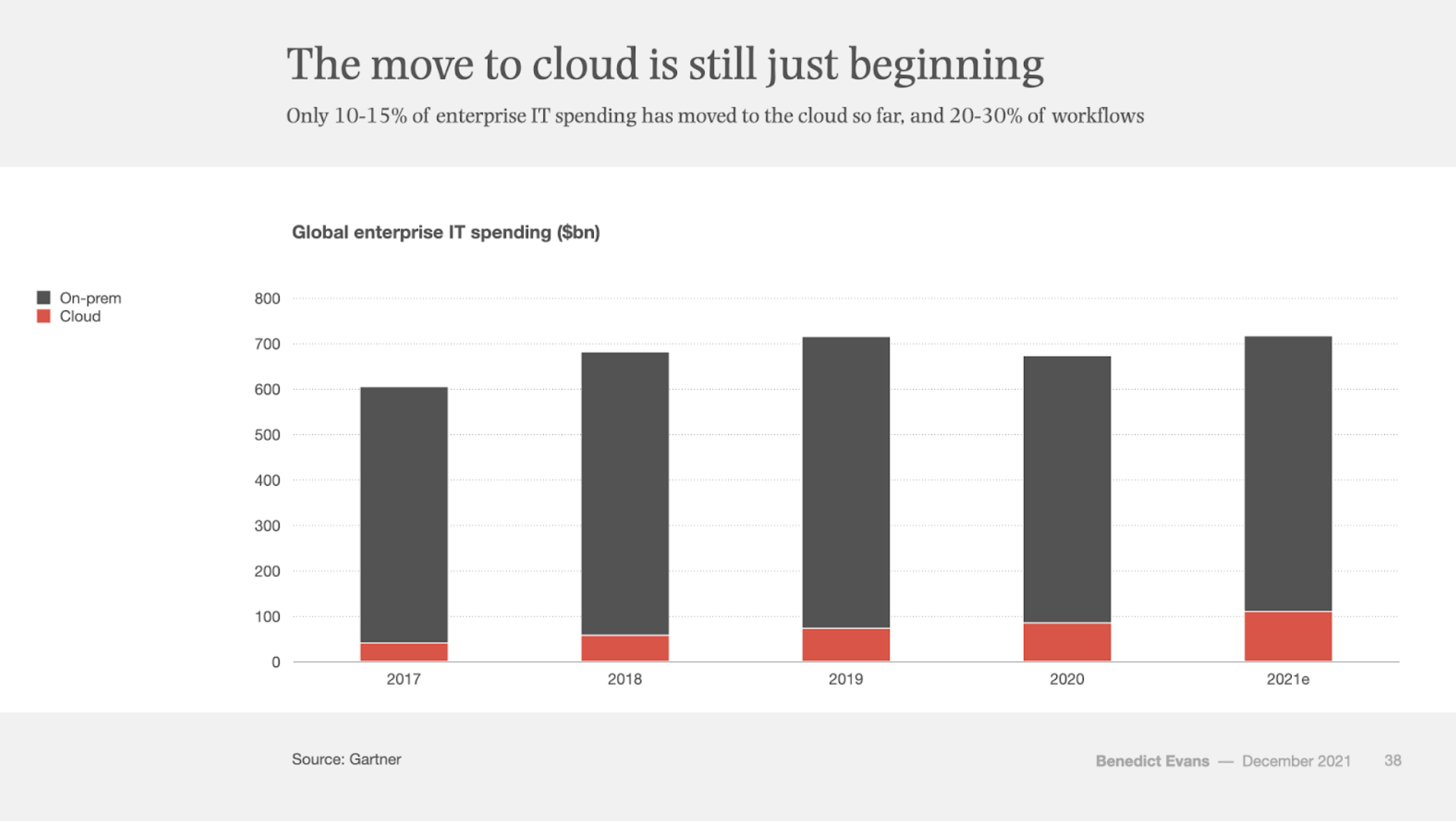Part 3: A New Business Model: SaaS to Software-as-a-Token
I believe we are entering a new phase of software packaging. There is a new business model, selling model, and customer expectation set for products built around decentralization and the blockchain.
We will move from packaging software from:
Software-as-a-Service powered by companies hosting their services on centralized cloud computing
To:
Software-as-an-Token powered by companies hosting their solutions as “forever apps” on decentralized cloud computing.
Buying software that works forever isn’t novel. In fact, its arguably where we came from. Before the dawn of SaaS, when you bought software it just worked. And it worked as long as it possibly could. Almost along the theme of buy-it-for-life. If businesses knew that the software would offer value forever, then they would just buy the software (after all, they have easier access to financing if needed).
So why has SaaS taken over the market? Primarily, as Moxie would say: “no-one wants to run their own servers”. Servers come with dev-ops, up-time, and single points of failure. For a majority of software, it simply didn’t make enough sense to spin up everything needed to maintain an SLA. So businesses were willing to outsource that responsibility.
Moxie’s first impressions of web3
Another reason could be that businesses strategically clubbed the benefits of software that was backed by a cloud with the recurring business model. In fact, I argue that the benefits of the cloud could be the primary selling factor beyond the features of the software.
Pros:
- The power of remote access, cloud reliability, and collaboration drove people to want the cloud.
- SaaS meant the customer didn’t have to deal with self-host infra pains
- The software provider takes responsibility for upgrades and updates
Cons:
- High Total Cost of Ownership (TCO)
- Most customers hate unnecessary updates
- Requires trust in the company to be around
- Data lock in to ensure recurring payment
- Paying because of the storage and compute, not because of new value
- Monthly payments are simply because you are paying interest to the investors
Outside of products with evolving content (Netflix, Spotify, etc), SaaS for software utilities does not always make sense outside of being beneficial for the software company. It’s lifetime cost is high. It is incentivized to lock you in. It is incentivized to put up moats. And it is incentivized to push updates for the sake of pushing updates, to show recurring value.
However, SaaS is not free. We are simply paying investors to fund the risk and profit off our payment model. And as Benedict Evans showcases in his fascinating yearly presentations: most of enterprise has still yet been untapped by the cloud:

Presentations - Benedict Evans
“Forever data” changes this business model. It allows for the creation of “Forever Software” that lives and works forever. It ensures that once a customer buys the software, it will exist and can be trusted to exist. It allows a customer to invest in the product and actually take part in the upside: cost reduces as its utilized. It means that the product, can outlive the creators, meaning the customer is protected. It flashes back to products that are bought because they last, not because they constantly need to be fed.
It’s time for a generation of Forever Software. But is building this possible?
We explore that in the next part.